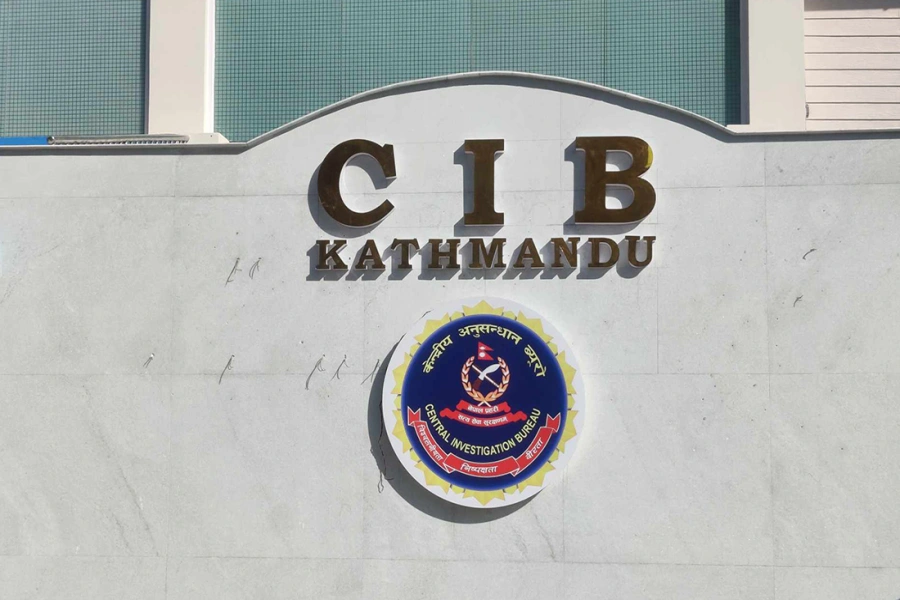The sit-in protest by the Chure Conservation March Group in the capital highlights a critical issue that demands immediate attention from government authorities. After a grueling 25-day march from Saptari to Kathmandu, the group has brought to the forefront the dire need to halt the exploitation of the Chure region. This issue is not just about conserving a landscape; it is intrinsically linked to the lives and livelihoods of the people across the Terai/Madhesh region. The Chure hills, covering about 13% of Nepal's total area, are a vital ecological zone, rich in biodiversity and essential for the sustenance of millions of people in the Terai/Madhesh and beyond. Unfortunately, the region faces severe threats from rampant illegal mining and extraction activities, especially following the government's recent decision to lift the ban on these activities. This exploitation is causing a decline in water levels in the Terai, exacerbating the drinking water crisis, and threatening to turn the fertile plains into a desert landscape due to lack of irrigation facilities.
Explained: Is govt hatching a conspiracy to destroy the Chure r...

The Chure region's fragile geomorphology, characterized by soft, erodible sediments, makes it highly susceptible to erosion and degradation. This vulnerability is compounded by human activities such as illegal mining, deforestation, and encroachment. The destruction of the Chure not only affects the immediate environment but also has far-reaching consequences for the entire Terai region, which relies on the Chure as a crucial source of water. The government had recognized the importance of this region with the launch of the President’s Chure Conservation Program in 2011. However, recent policy reversals threaten to undo the progress made. It is concerning that the government authorities concerned are not ready to listen to the pleas of the campaigners. Sunil Yadav, the national coordinator of the Chure Conservation March Group, has voiced frustration over the government's indifference. Despite staging a 10-day sit-in protest at Maitighar Mandala in Kathmandu, their pleas for protecting the Chure have largely gone unheard. This neglect is unacceptable, especially considering the Chure's significance.
The authorities must prioritize the sustainable conservation and restoration of the Chure. This may include reinstating or enforcing 'controlled' bans on mining and extraction, promoting reforestation and curbing human encroachment. The Chure's ecological significance cannot be overstated. It is home to diverse flora and fauna, including mega-fauna like tigers, elephants, and rhinoceroses. Its forests support 41 species of mammals, 379 varieties of birds, 24 species of amphibians, 75 species of reptiles, 279 species of butterflies, and 104 species of fish. Additionally, the Chure's conservation is crucial for the people living downstream in the Terai. The overexploitation and resultant degradation of the Chure lead to reduced water availability, soil erosion and increased vulnerability to natural disasters. The livelihoods of farmers and the broader agrarian community in the Terai/Madhesh are at stake. The government must heed the demands of the Chure conservation campaigners and take concrete actions to safeguard this vital region. The protection of the Chure is not just an environmental imperative but a socio-economic necessity for the millions who depend on its resources.

































